
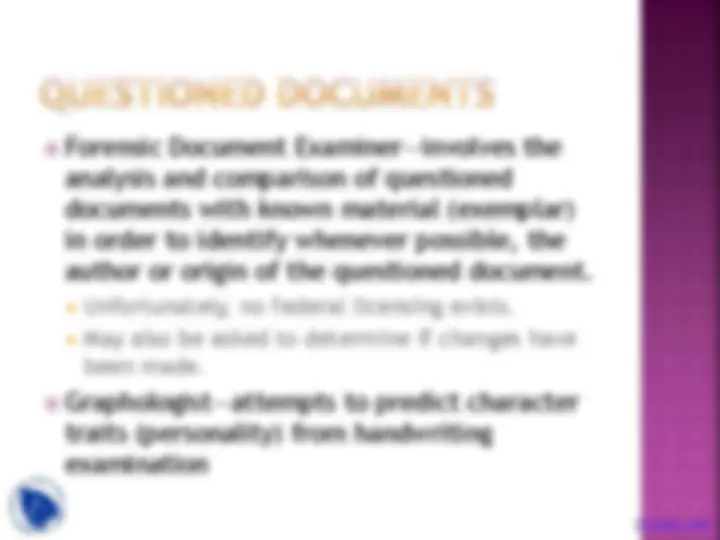
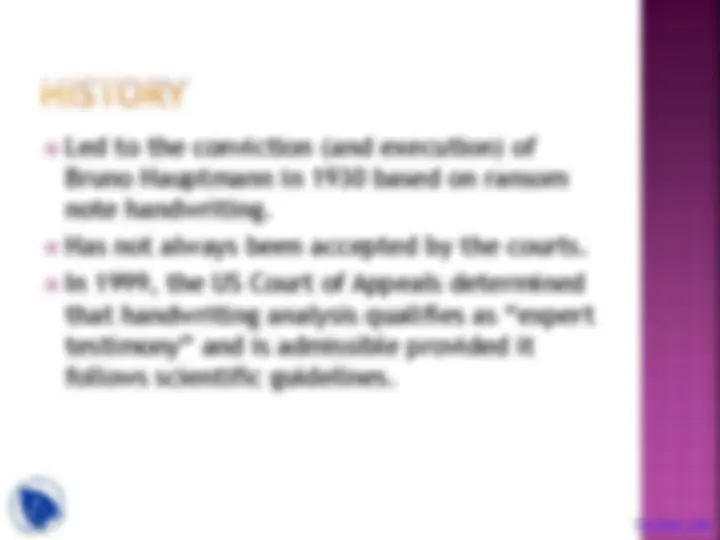
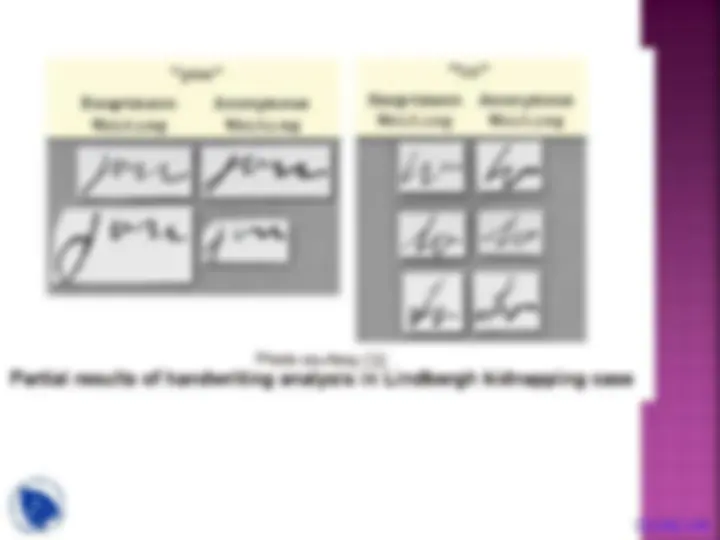
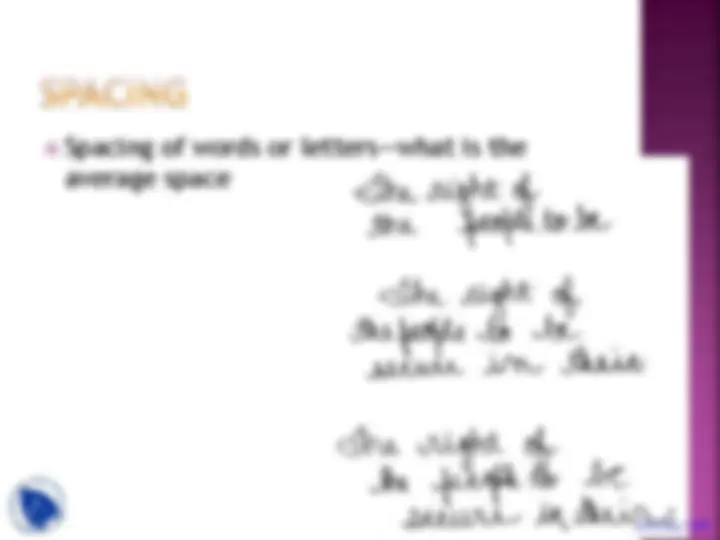
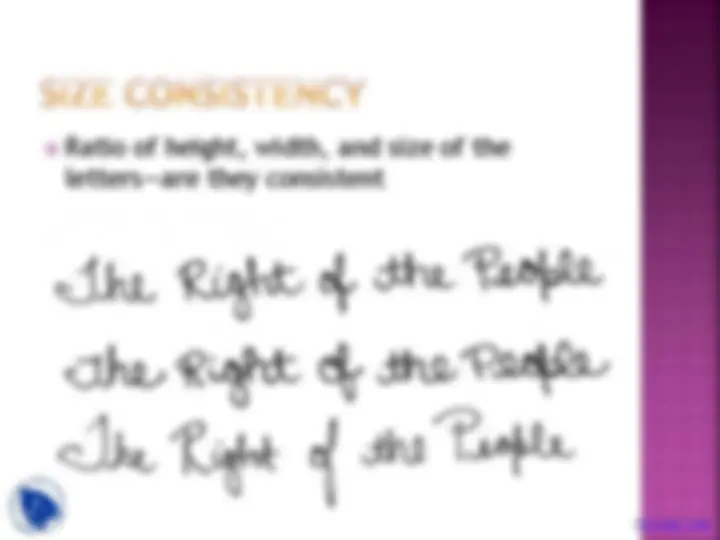
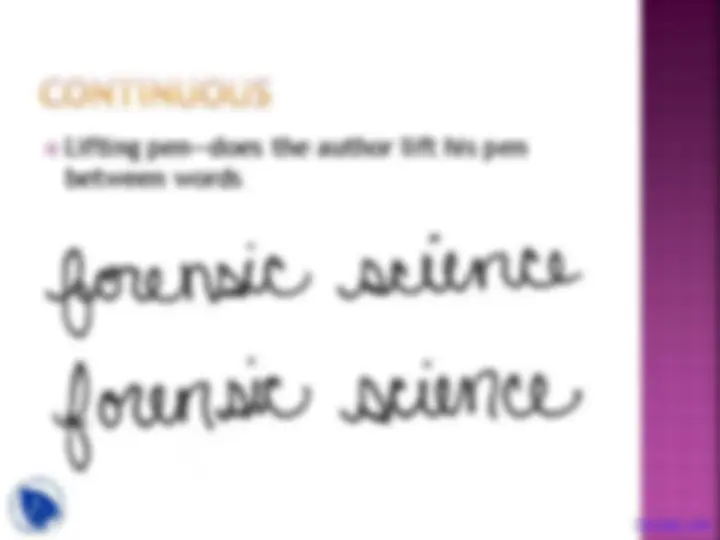
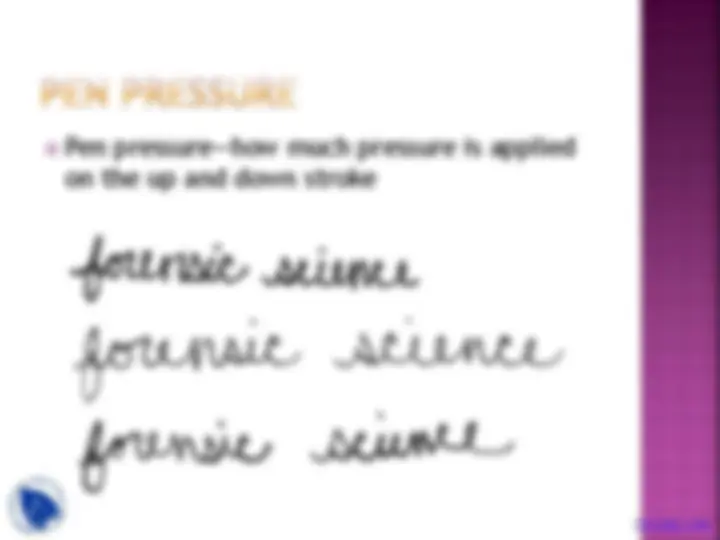
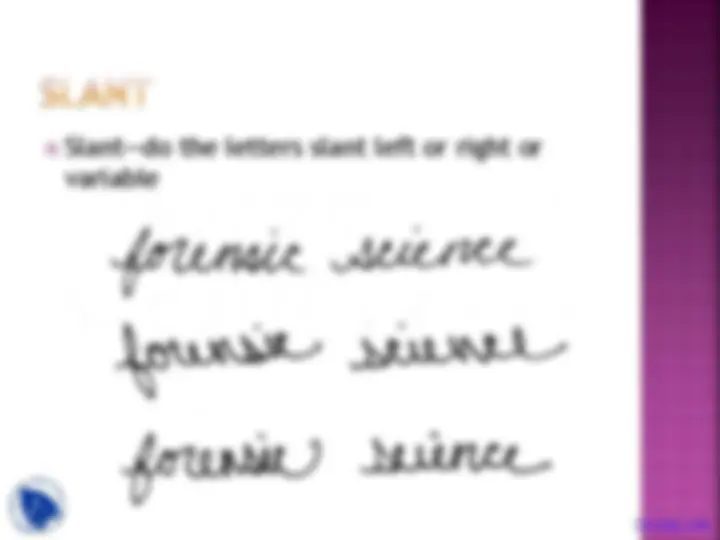
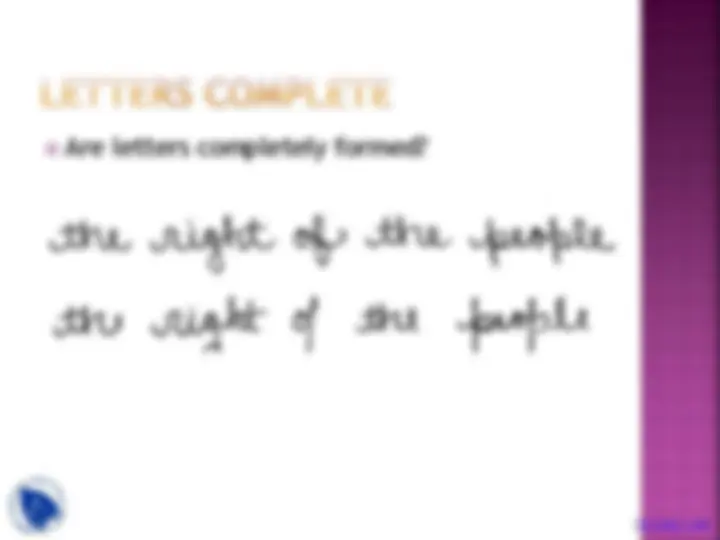
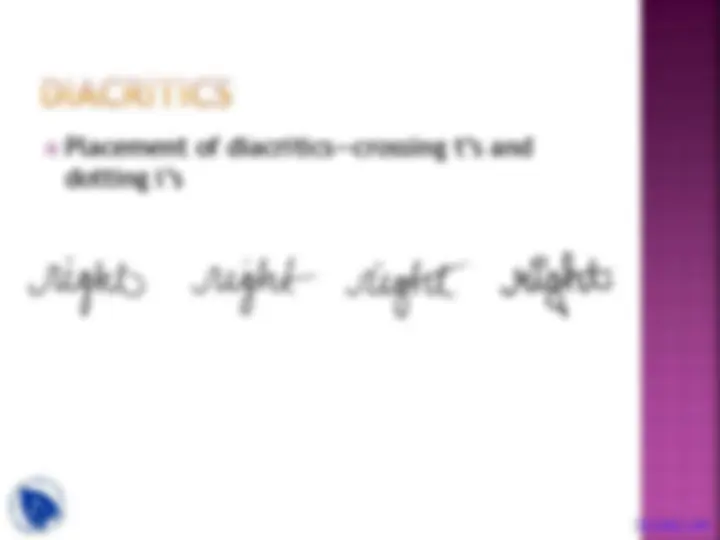
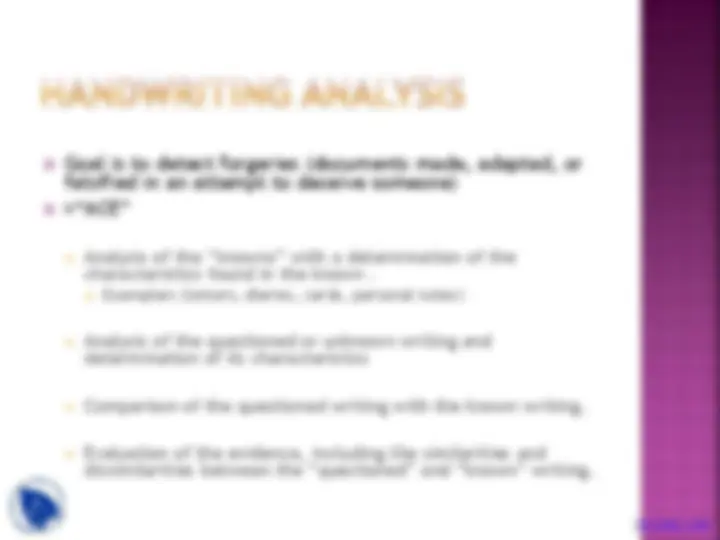
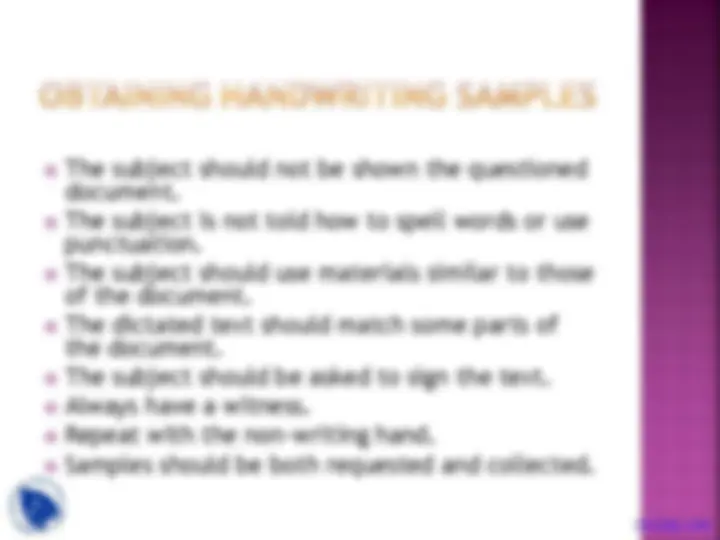
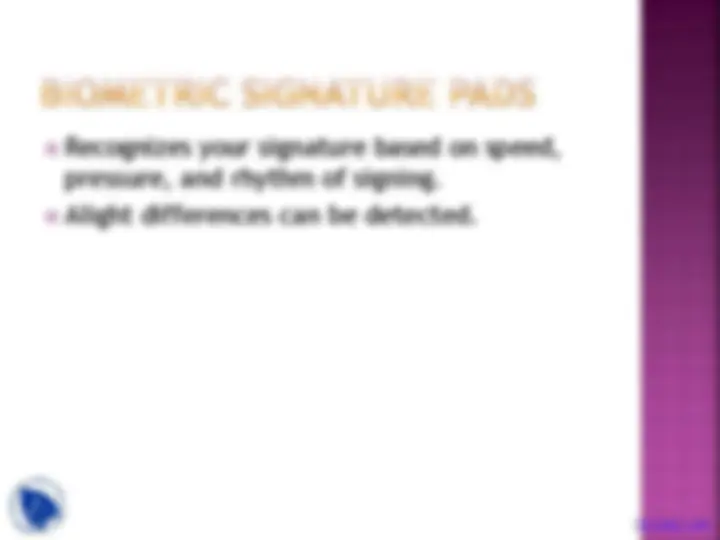
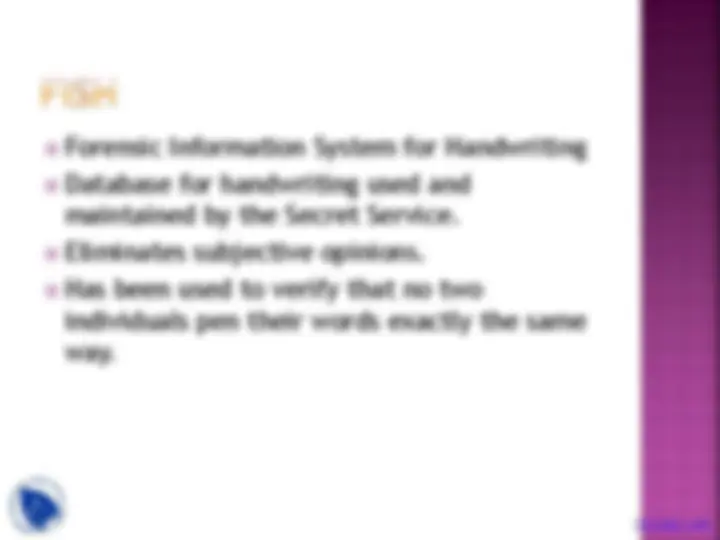
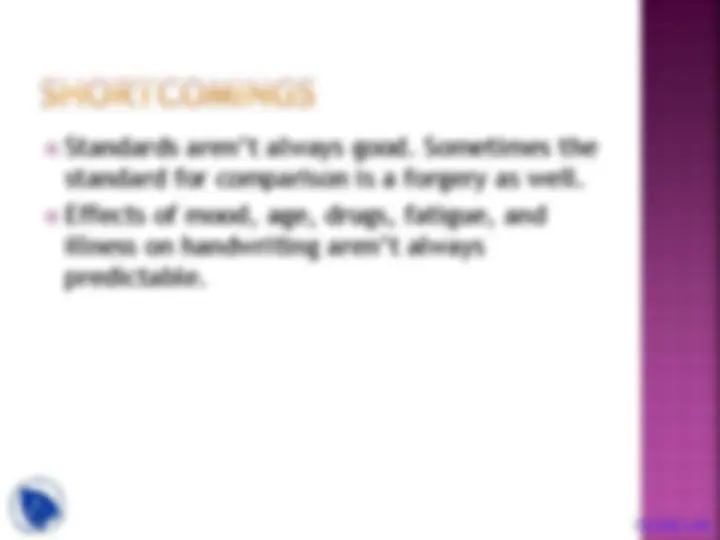
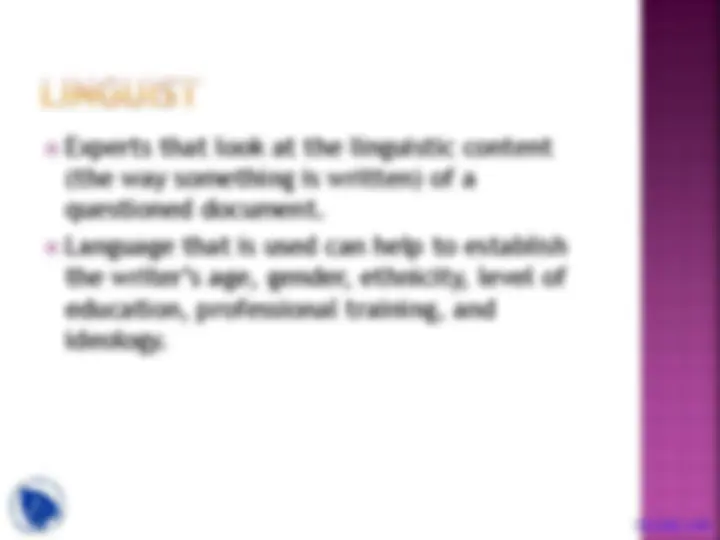
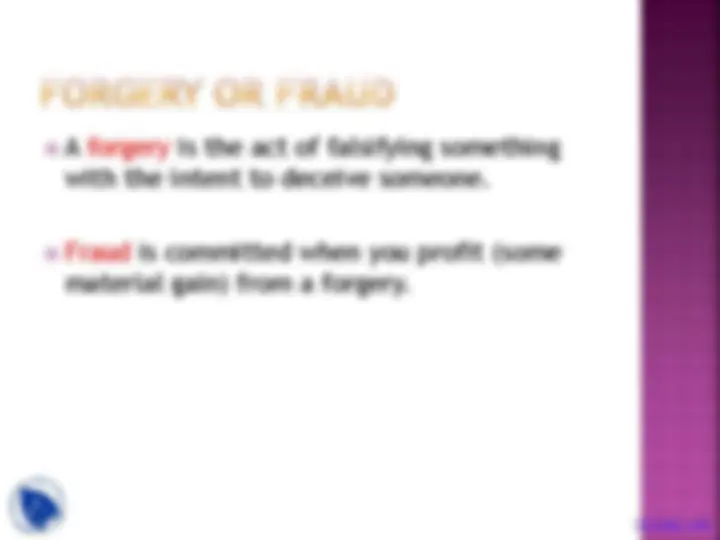
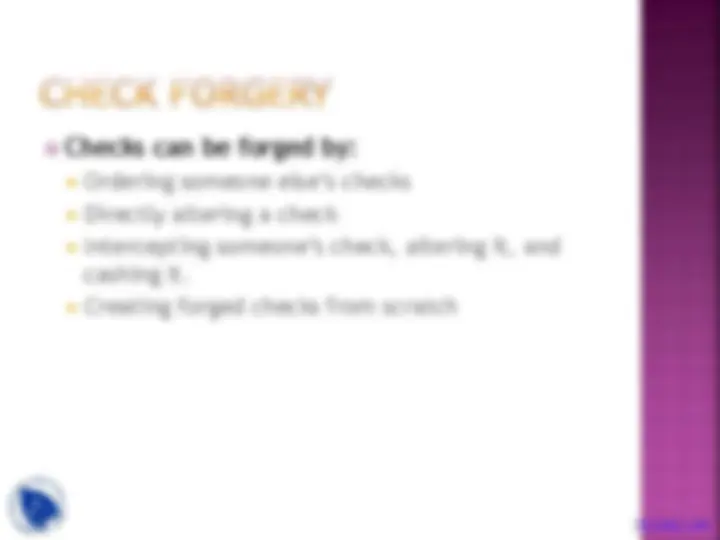
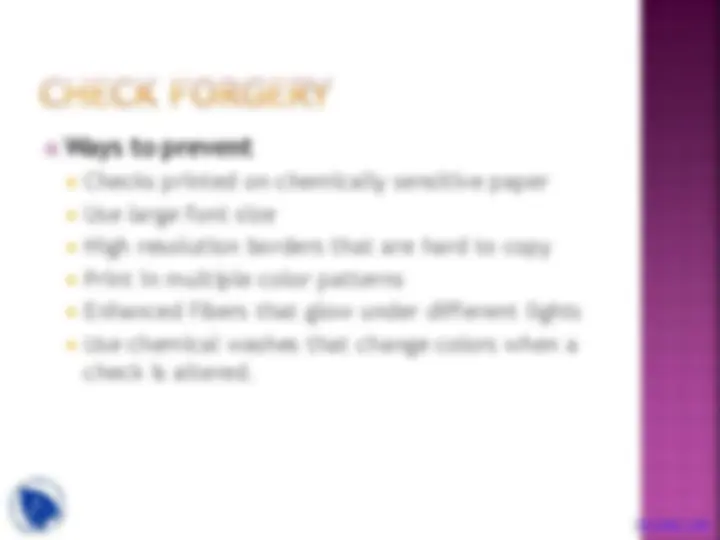
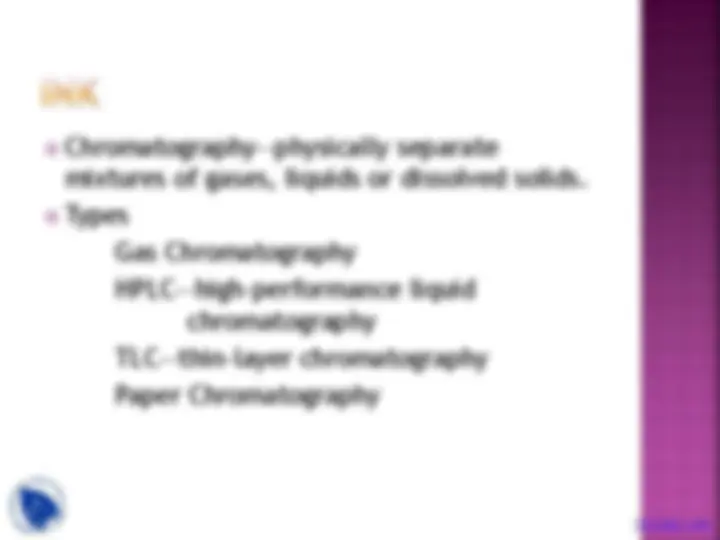
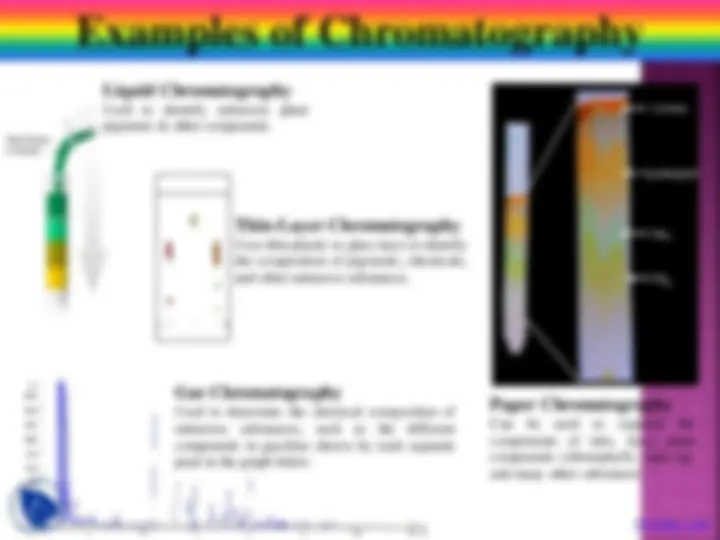
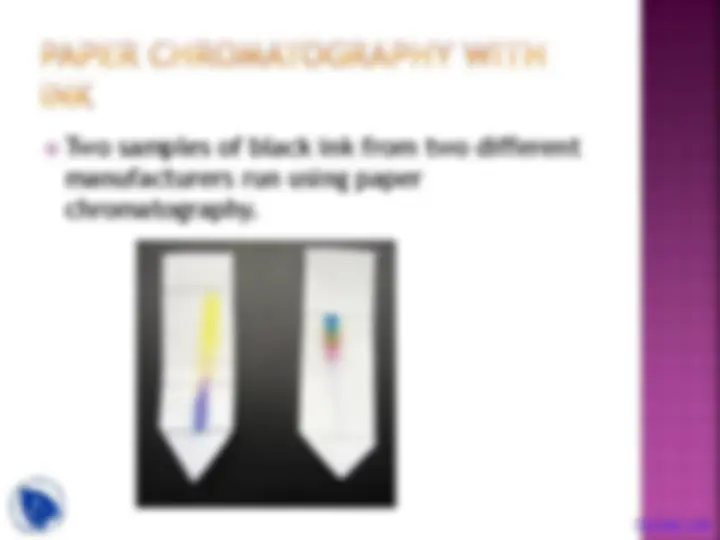
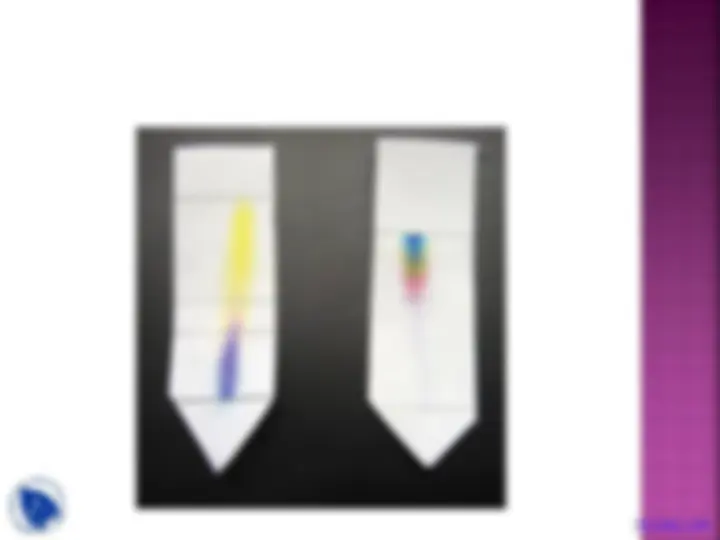
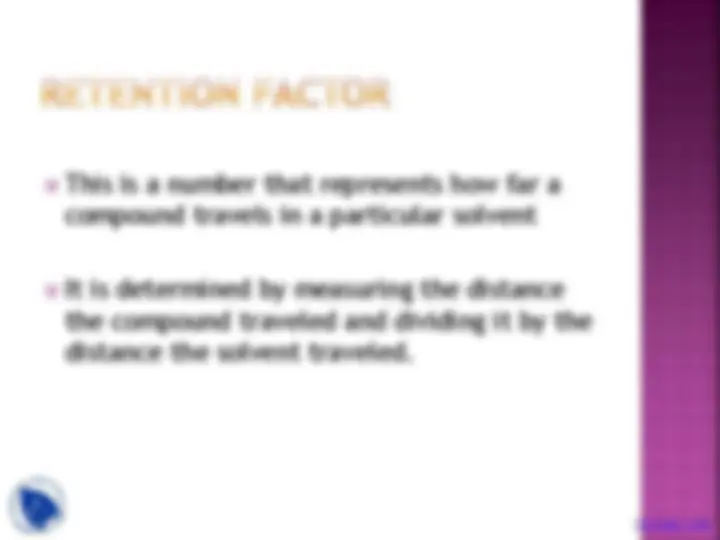
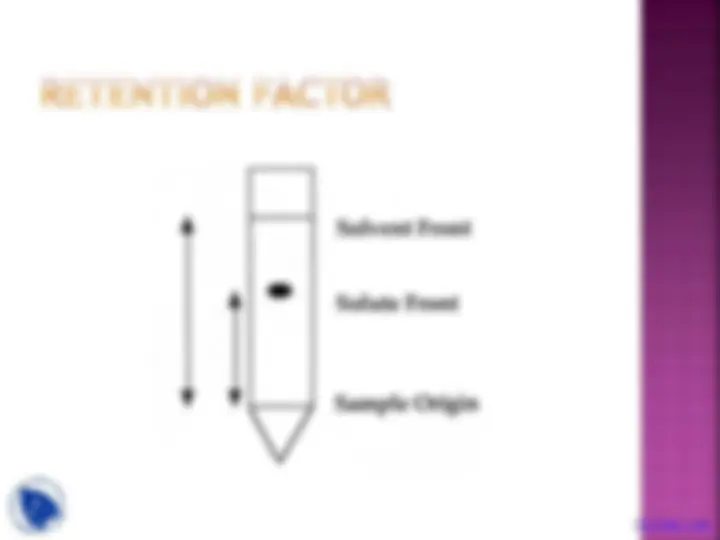
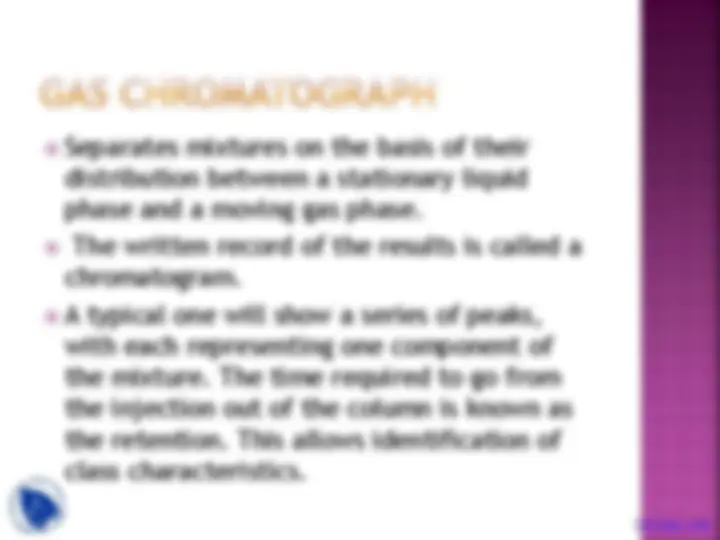
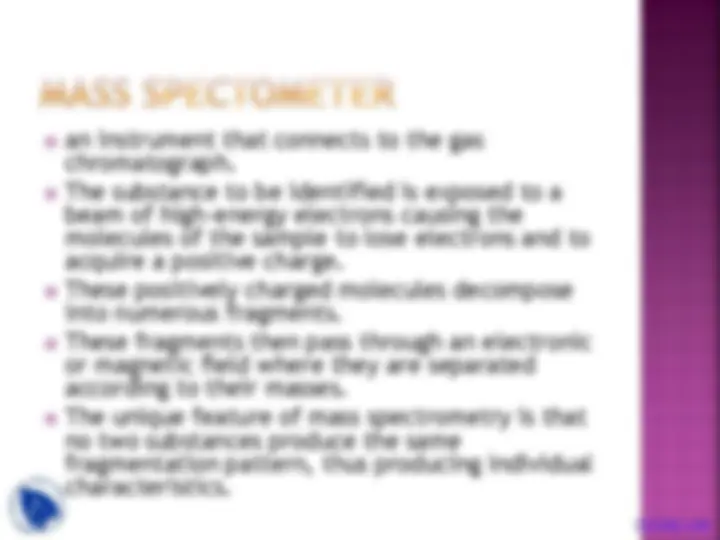
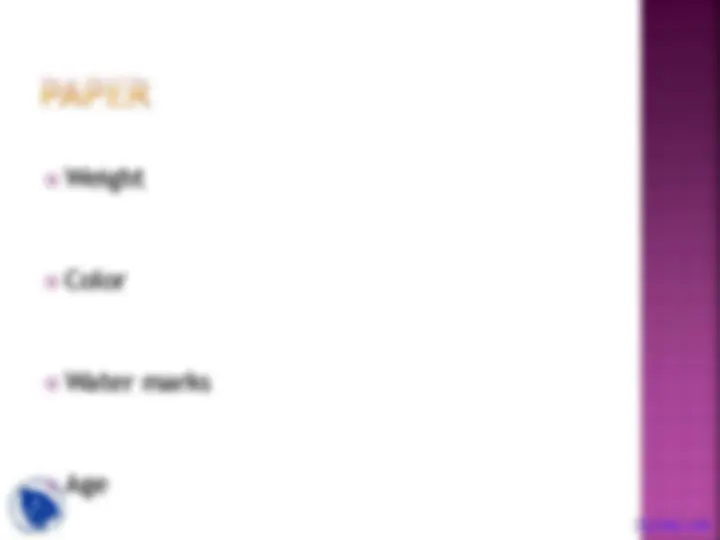
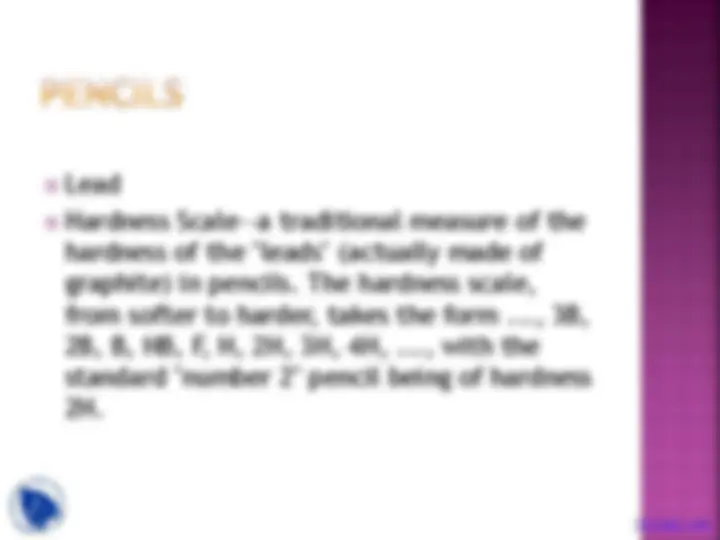
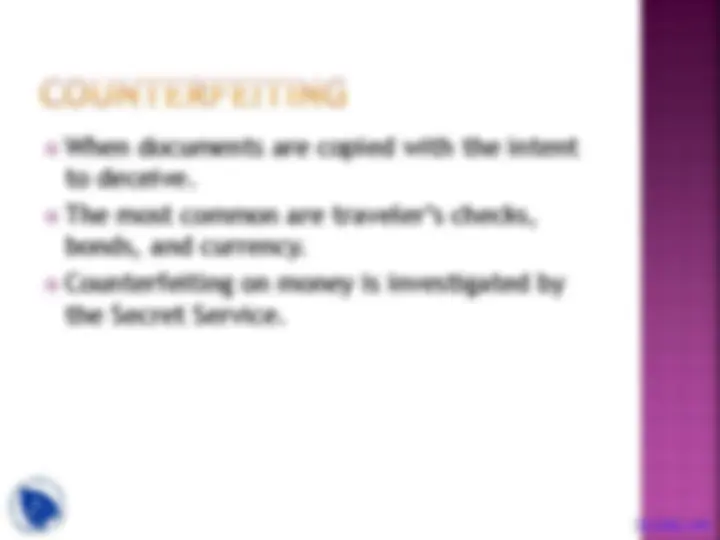
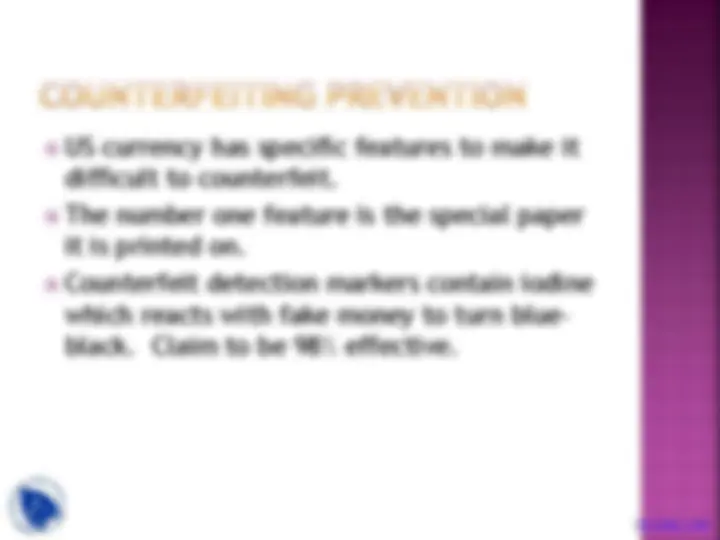

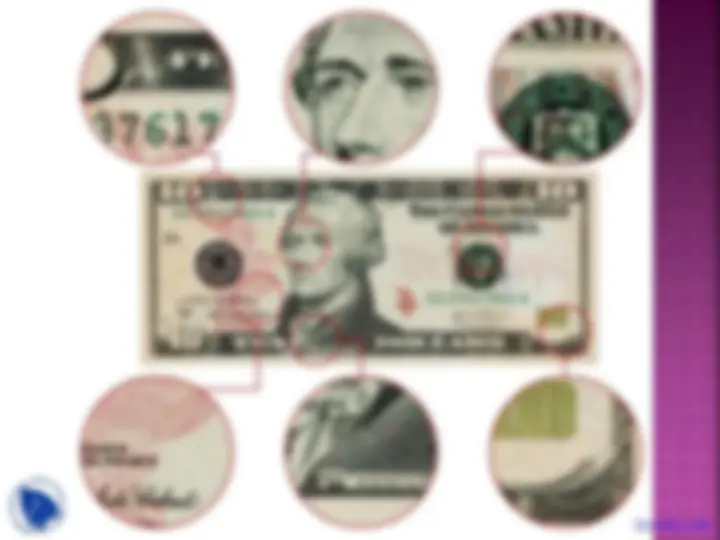
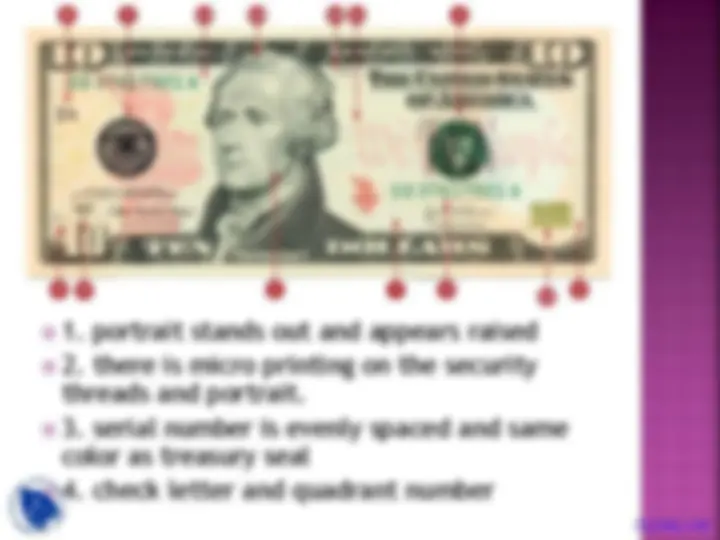
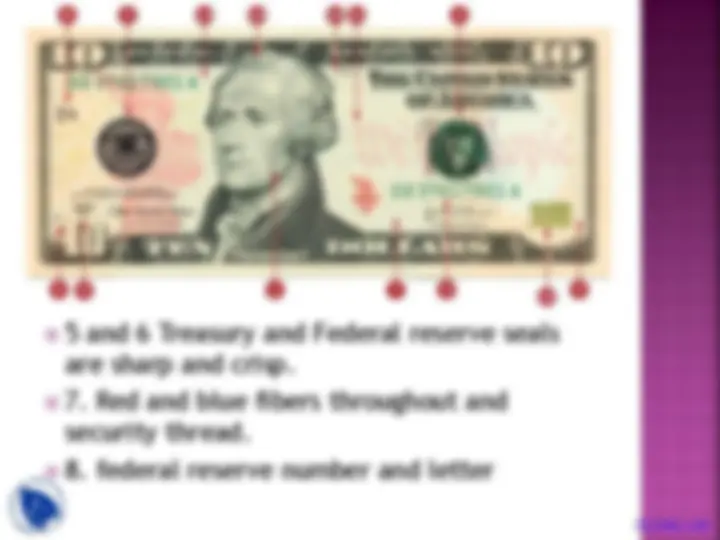
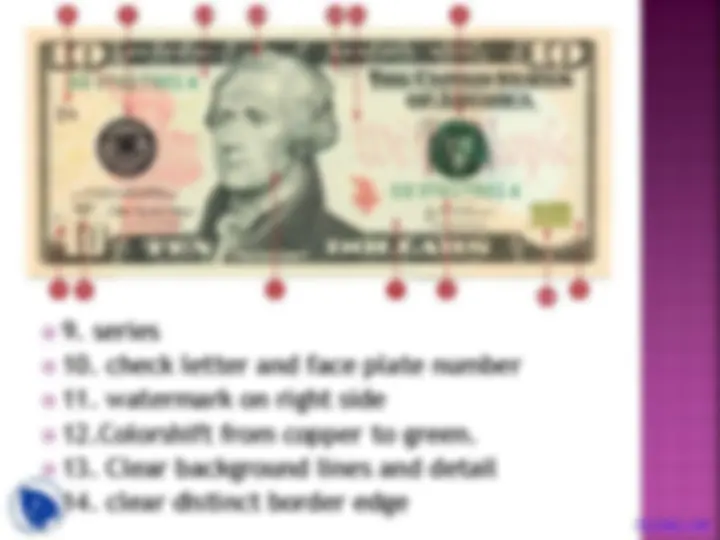
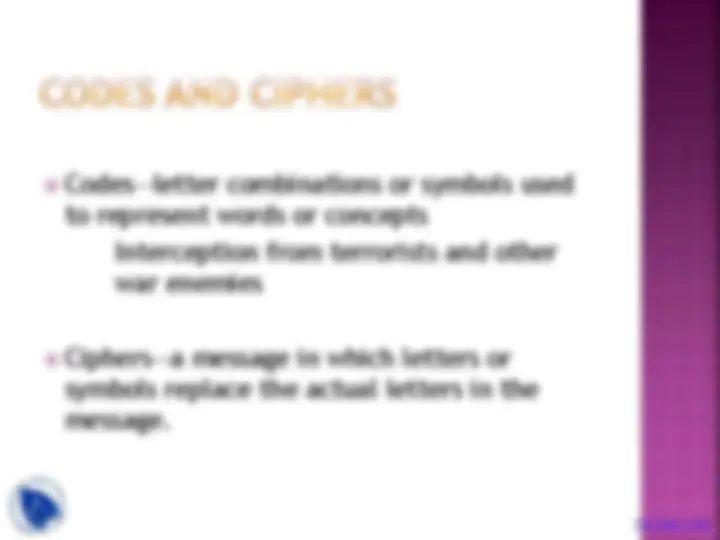
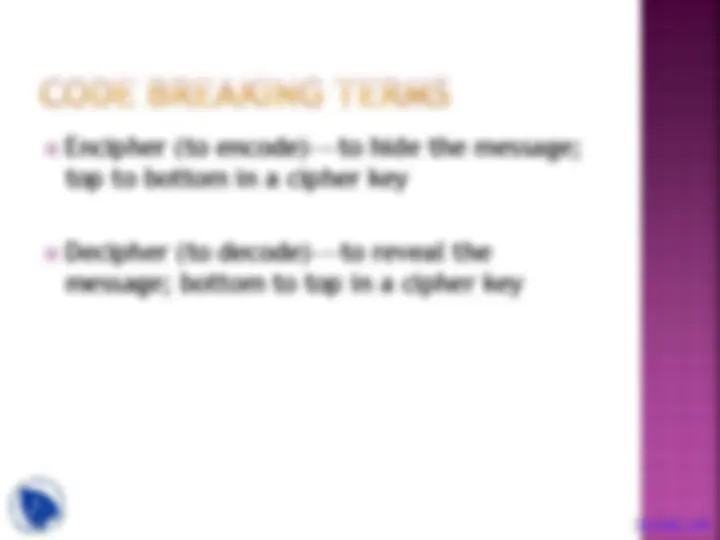
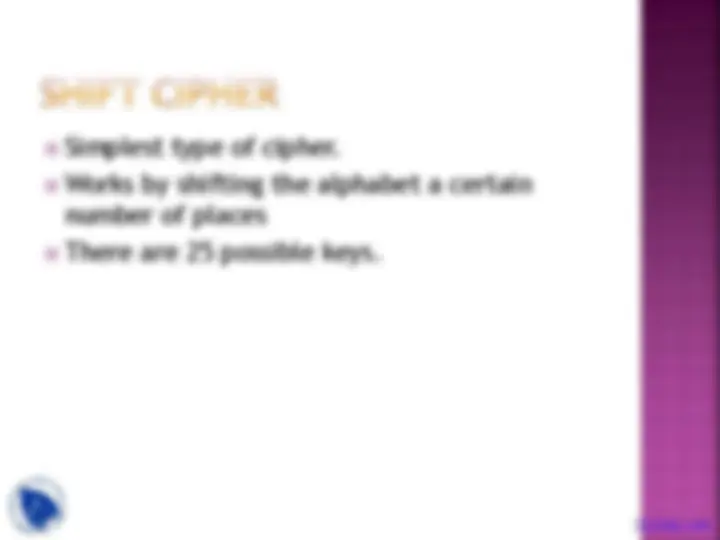
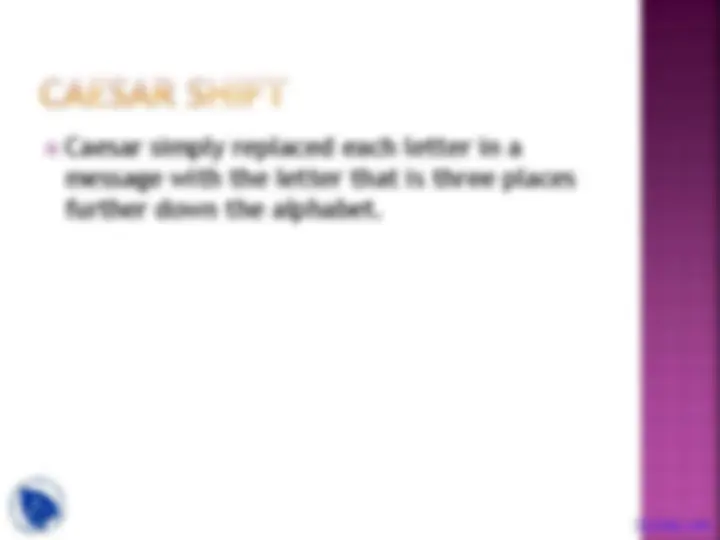
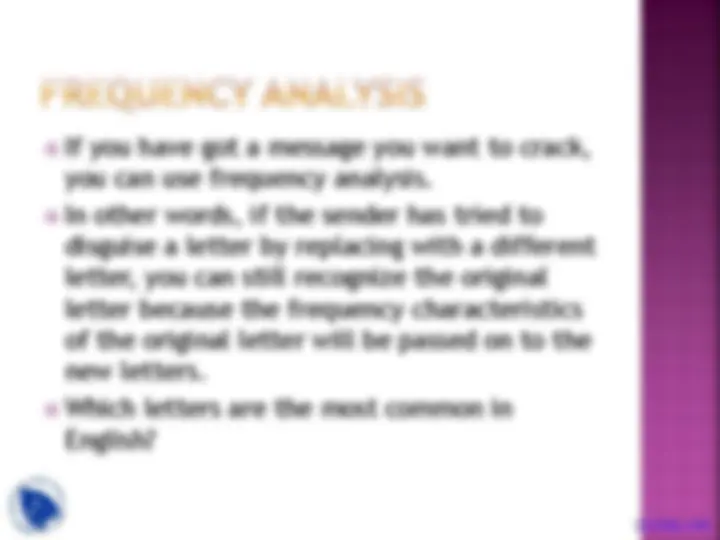
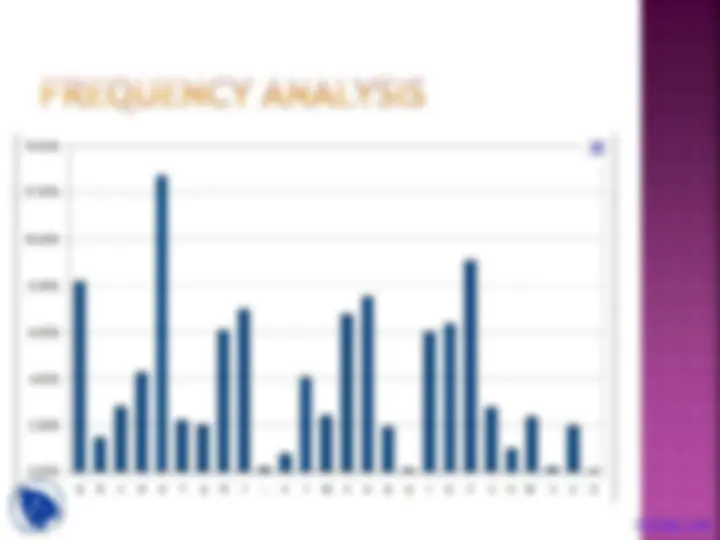
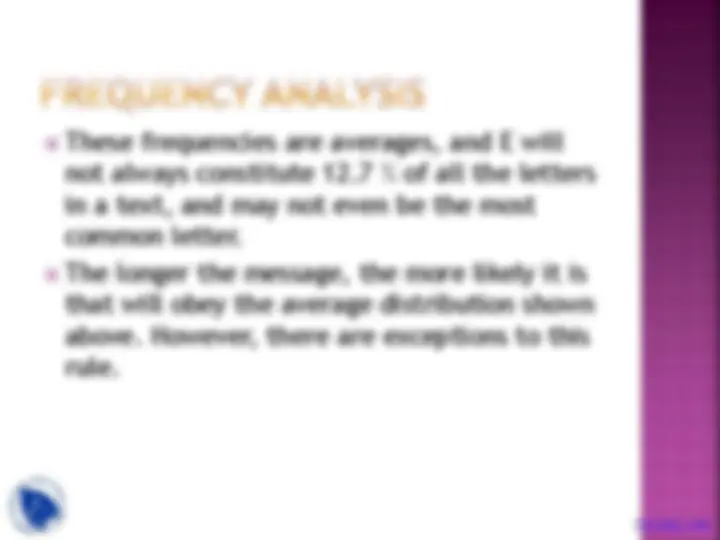
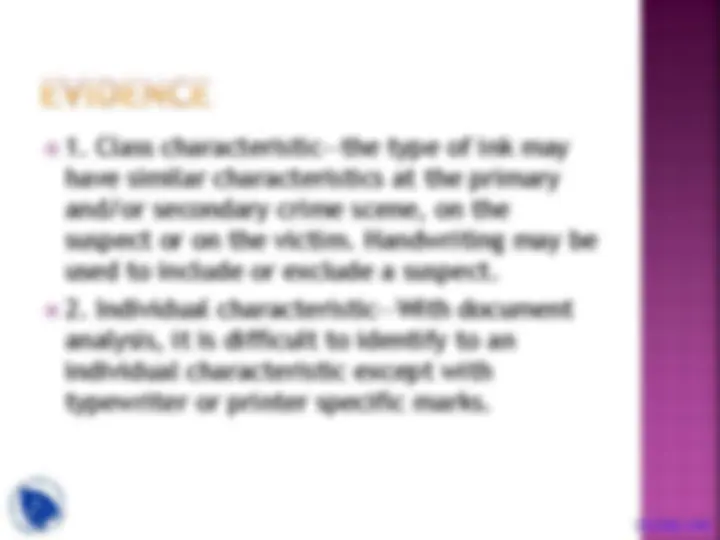


Study with the several resources on Docsity

Earn points by helping other students or get them with a premium plan


Prepare for your exams
Study with the several resources on Docsity

Earn points to download
Earn points by helping other students or get them with a premium plan
Community
Ask the community for help and clear up your study doubts
Discover the best universities in your country according to Docsity users
Free resources
Download our free guides on studying techniques, anxiety management strategies, and thesis advice from Docsity tutors
Forensic science (often shortened to forensics) is the application of a broad spectrum of sciences and technologies to investigate and establish facts of interest in relation to criminal or civil law. This lecture includes: Documents and Chromatography, Handwriting Analysis, Ink, Paper, Forgery, Codes and Ciphers, Include Letters, Comparison, Personality, Graphologist
Typology: Slides
1 / 52

This page cannot be seen from the preview
Don't miss anything!













































Unit 7: Questioned Documents and Chromatography
Involves the examination of handwriting, ink, paper, etc. to ascertain the source or authenticity or detect any changes. Examples include letters, checks, licenses, contracts, wills, passports, suicide notes, receipts, etc.
Topics
Handwriting analysis Ink (and pens) Paper (and pencils) Forgery Codes and Ciphers
Led to the conviction (and execution) of Bruno Hauptmann in 1930 based on ransom note handwriting.
Has not always been accepted by the courts.
In 1999, the US Court of Appeals determined that handwriting analysis qualifies as “expert testimony” and is admissible provided it follows scientific guidelines.
Line quality—do the letter flow or are they deliberate
Spacing of words or letters—what is the average space
Lifting pen—does the author lift his pen between words
Connecting strokes—how are capital letters connected to lowercase letters
Pen pressure—how much pressure is applied on the up and down stroke
Slant—do the letters slant left or right or variable
Are letters cursive, printed, or both
Fancy writing habits—unusual loops or curls; unique styles
Goal is to detect forgeries (documents made, adapted, or falsified in an attempt to deceive someone) “ACE”
Analysis of the “knowns” with a determination of the characteristics found in the known. Exemplars (letters, diaries, cards, personal notes)
Analysis of the questioned or unknown writing and determination of its characteristics
Comparison of the questioned writing with the known writing.
Evaluation of the evidence, including the similarities and dissimilarities between the “questioned” and “known” writing.
The subject should not be shown the questioned document. The subject is not told how to spell words or use punctuation. The subject should use materials similar to those of the document. The dictated text should match some parts of the document. The subject should be asked to sign the text. Always have a witness. Repeat with the non-writing hand. Samples should be both requested and collected.